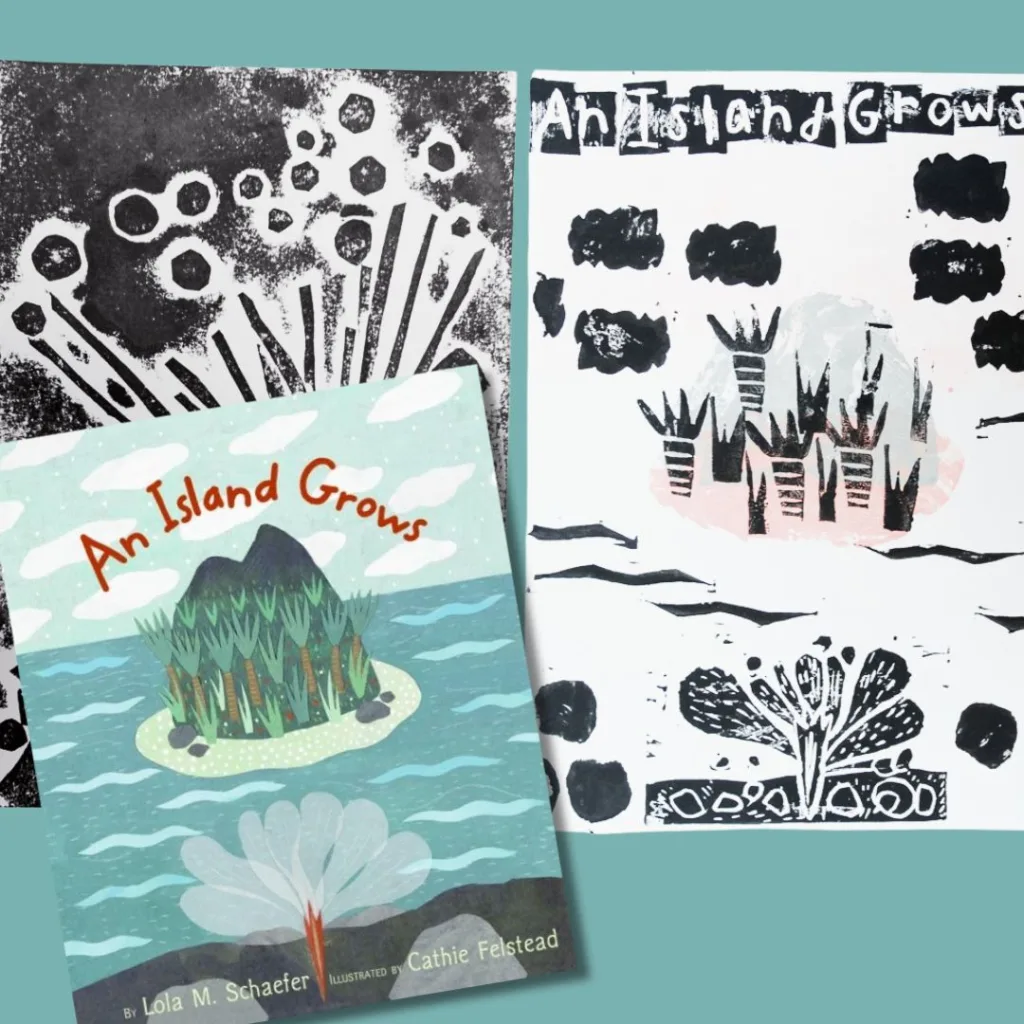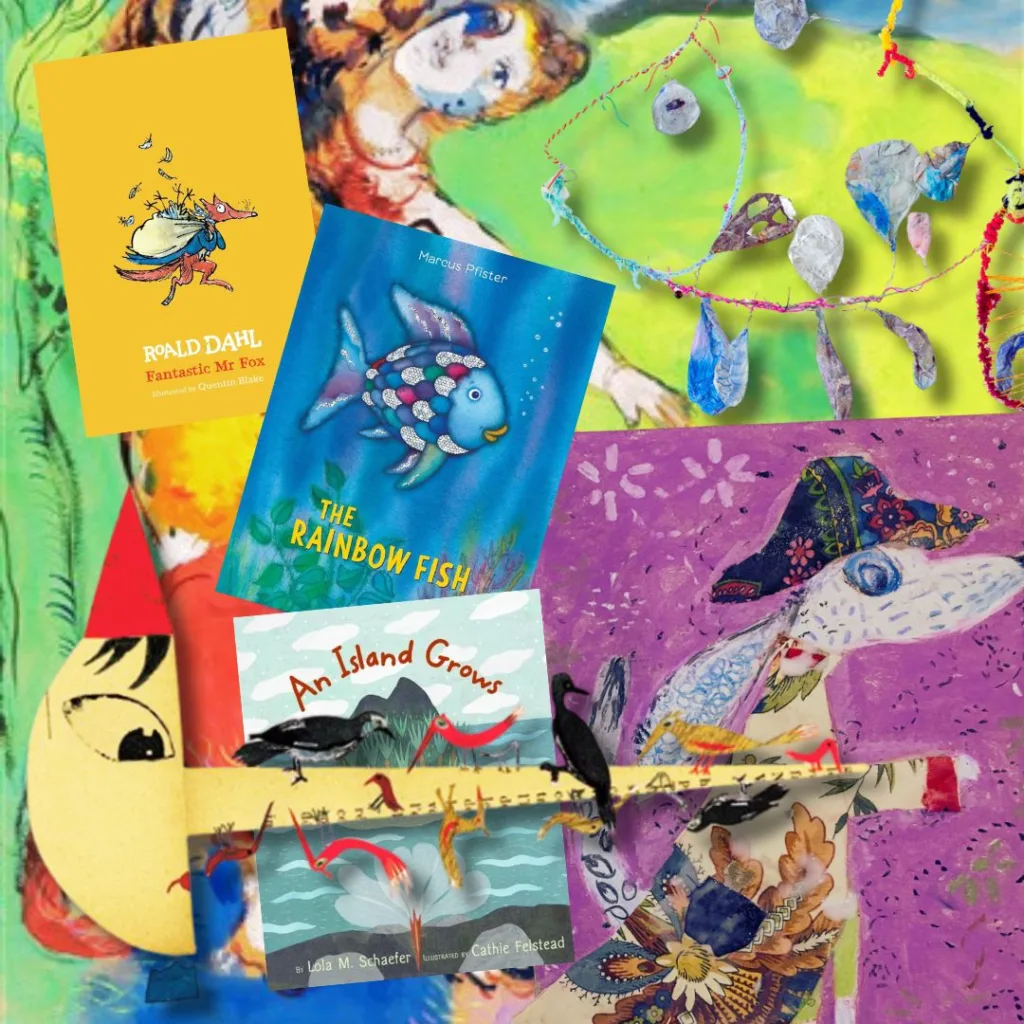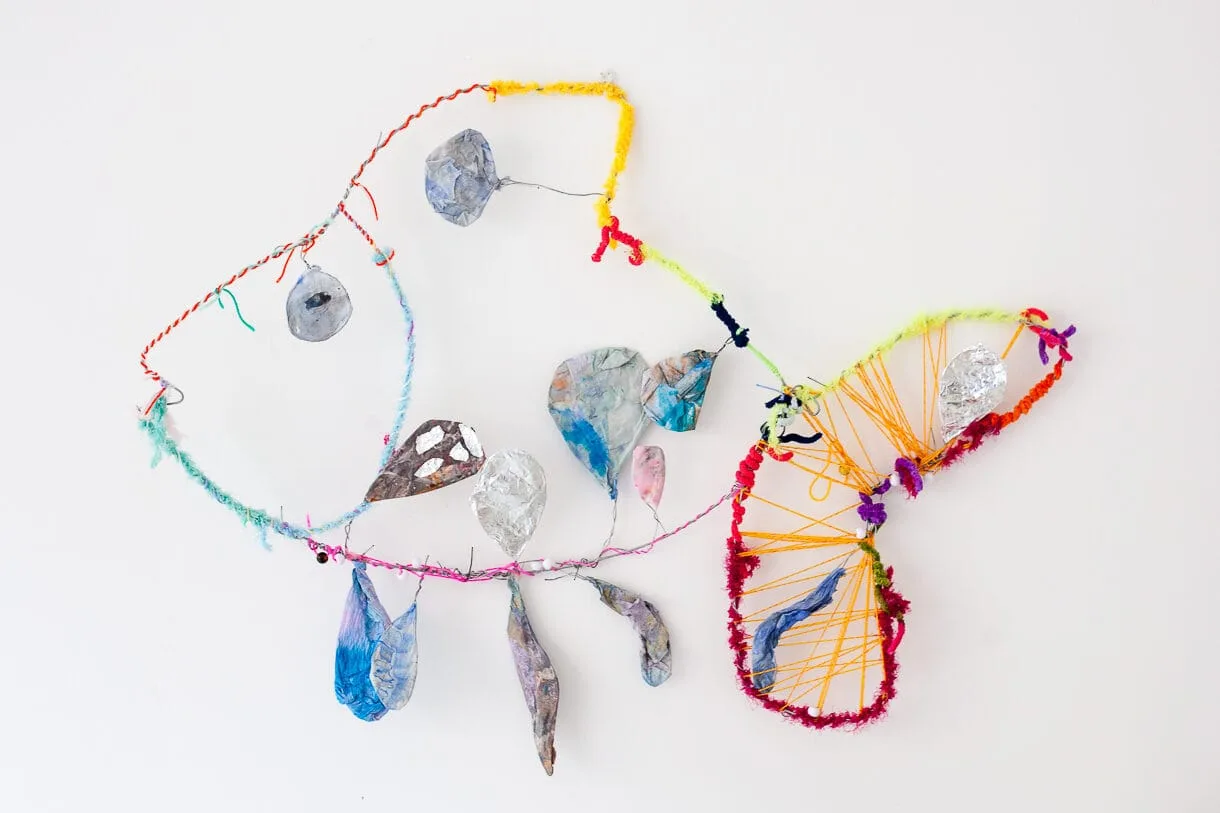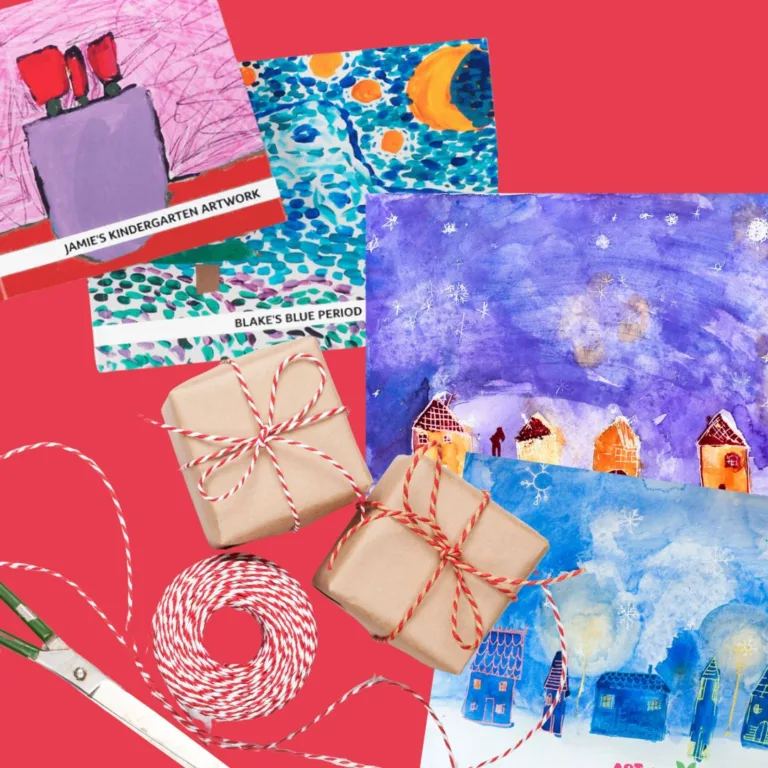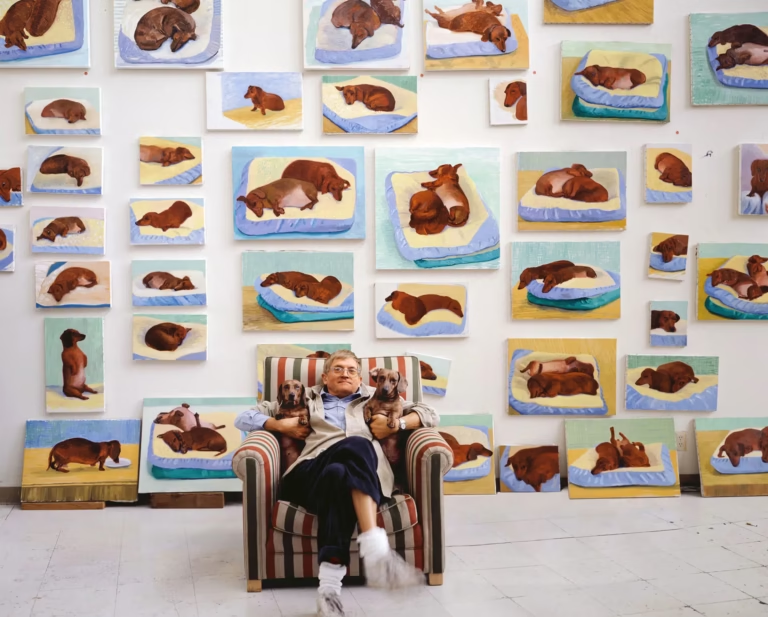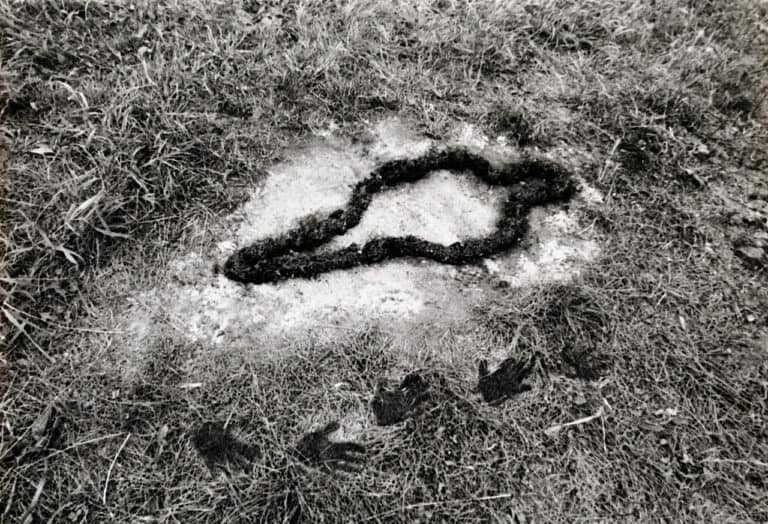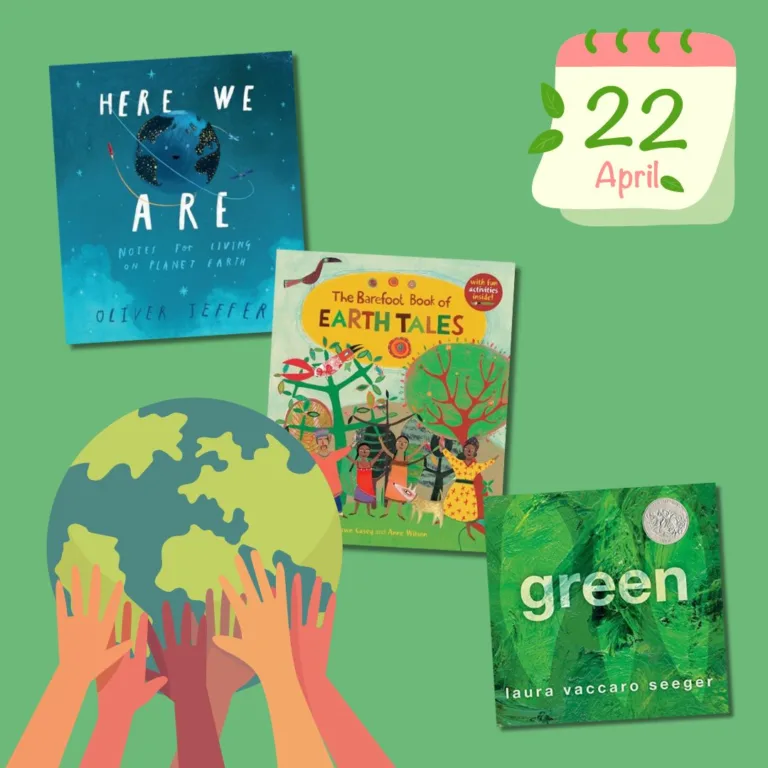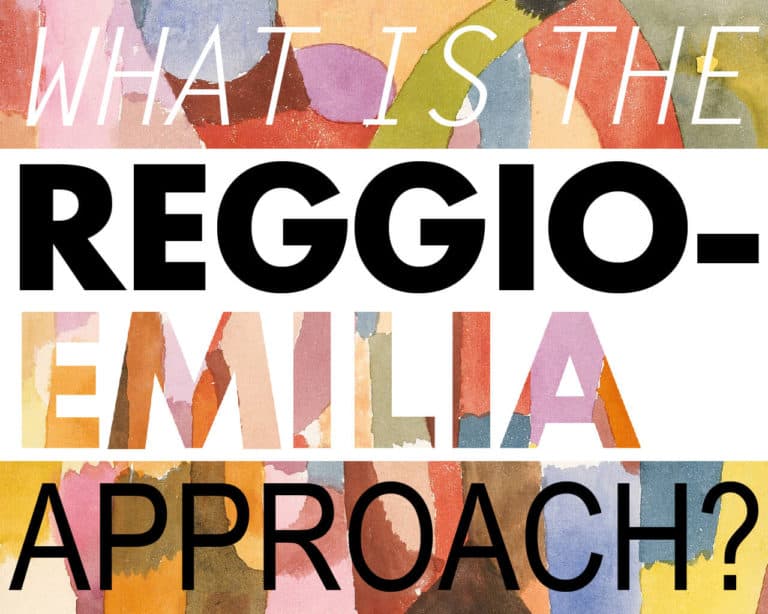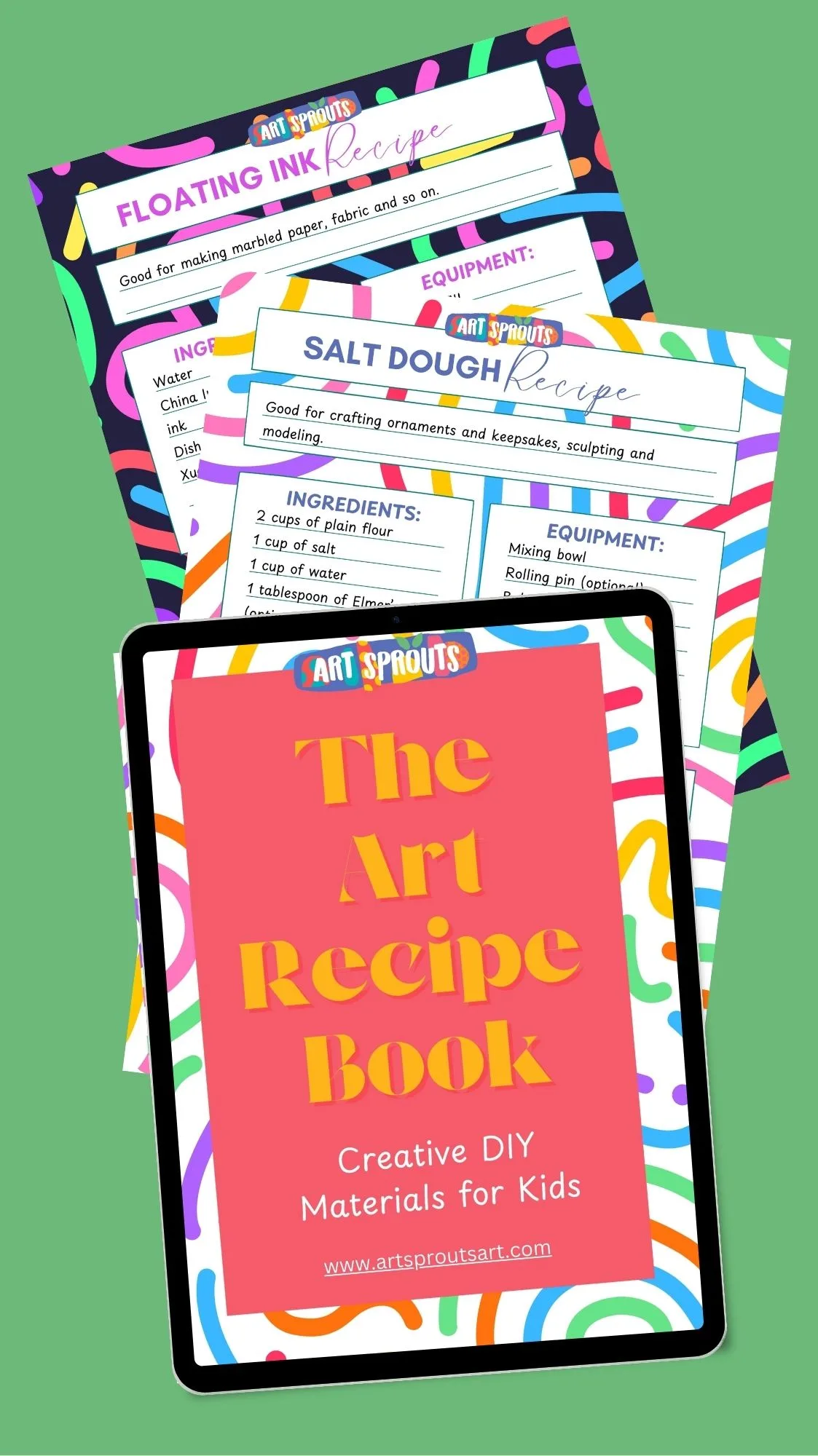Art Projects Inspired by Picture Books
I’ve found that picture books make a fantastic foundation for art projects, especially when working with kids in an ESL setting.
While I was teaching abroad, picture books offered an ideal way to introduce simple, engaging language and visuals that connected with the students. They didn’t just help with reading—they opened up endless possibilities for creative projects that we could explore over several lessons.
Whenever I come across a picture book with strong visuals or an interesting story, I naturally start thinking about the different ways it could unfold into a series of art activities.
Some of the best projects have come from books with clear, engaging themes or unique illustrations, as they provide a flexible starting point. It’s not just about a single project; these books often inspire multi-lesson units where kids can try different materials and techniques, with each lesson building on the last.

Hi there — before we continue:
I’d love to build a small community on Instagram and try out some short-form content over there. It would mean a lot if you could hop on IG and follow me @art_sprouts_art.
Also, what kind of content would you like to see from me next?
Drop a comment below or send me a DM on Instagram to let me know!

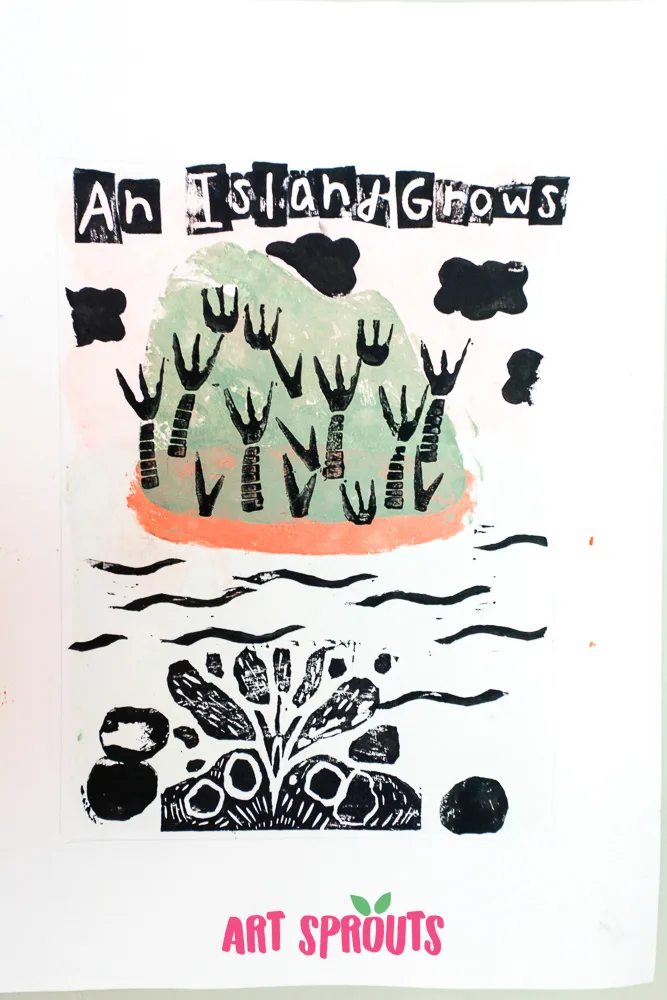
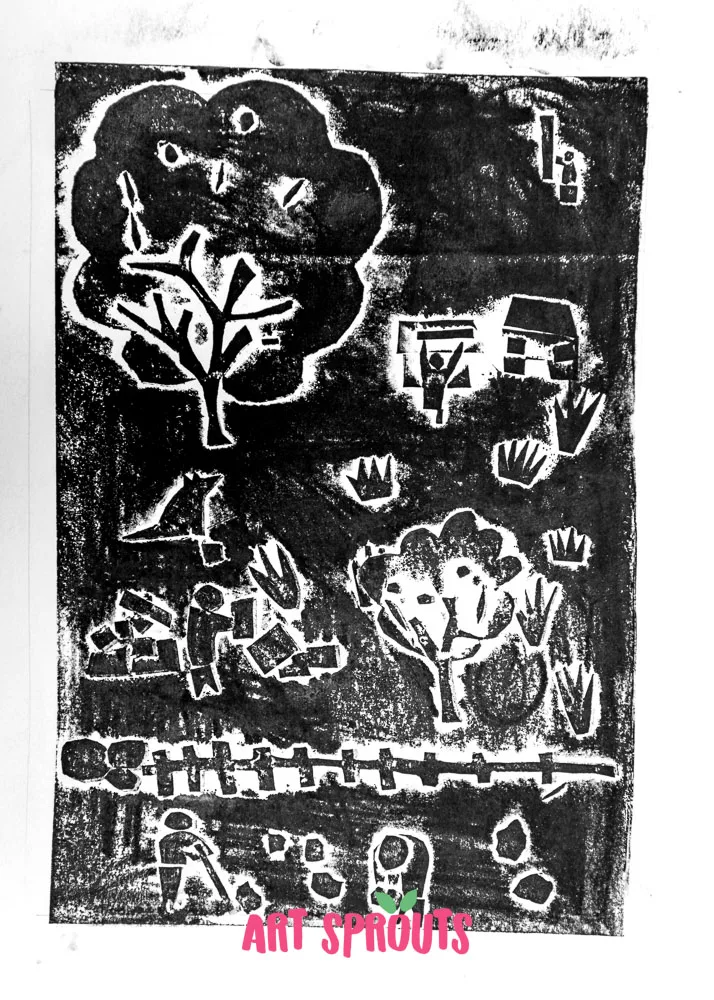
An Island Grows by Lola M. Schaefer, for example, turned into a series of collograph printmaking activities that focused on natural landscapes. We explored textures inspired by the book’s island imagery—waves, trees, rocks—and ended up with individual prints that could either be framed or bound into a handmade book. Projects like these let kids see their work come together as part of a bigger whole, connecting their art to ideas about nature and growth.
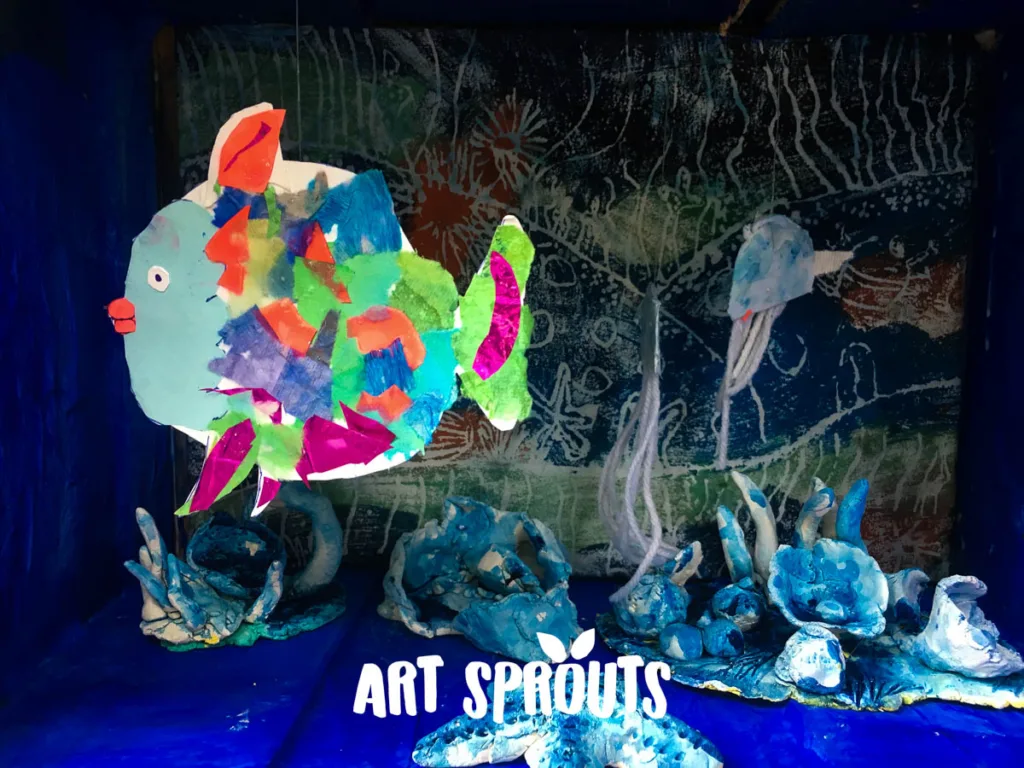
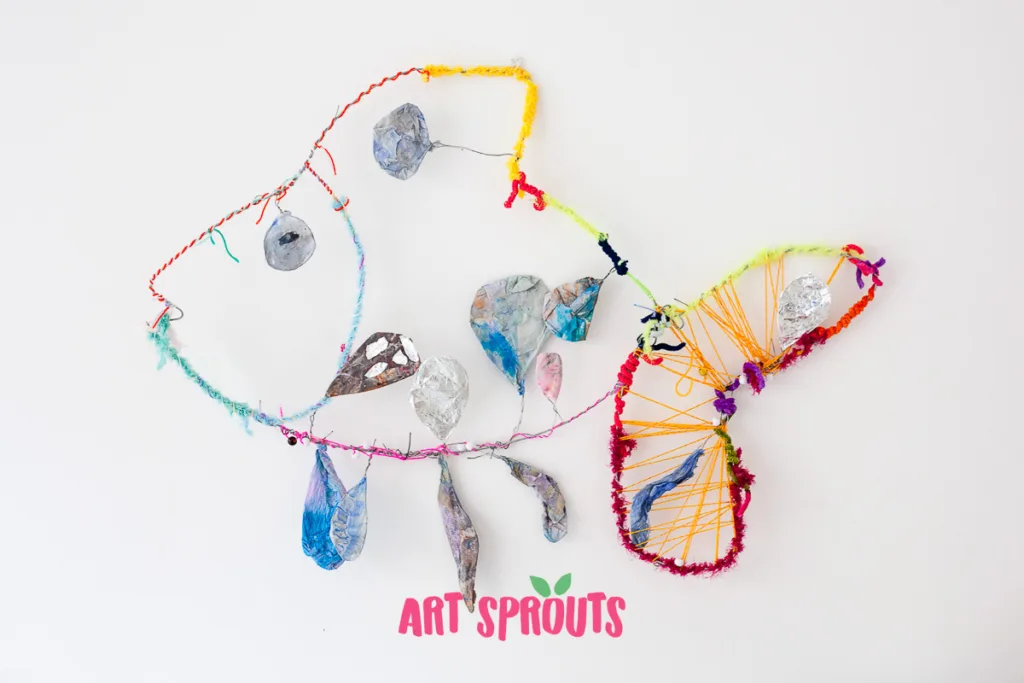
With Rainbow Fish, the themes of sharing and individuality led to a whole variety of projects. We created mixed-media collages, shimmering with scales made from metallic paper, and even expanded on the theme by integrating Calder-inspired mobiles. Working with both individual pieces and collaborative dioramas, the kids got to see how their contributions fit into a larger shared artwork. It’s projects like these that give them the chance to experiment with new materials while learning the value of working together.
Another example is Fantastic Mr. Fox, where we went in a different direction, building a stop-motion project. The kids created puppets, sets, and even woodblock-printed backgrounds to bring the story to life through animation. This process took a lot of trial and error but taught them problem-solving and patience along the way, adding depth to the experience beyond just creating a final piece.

Are You Enjoying this kind of content?
Sign up to receive thoughtful articles, teaching tools, and creative prompts straight to your inbox.
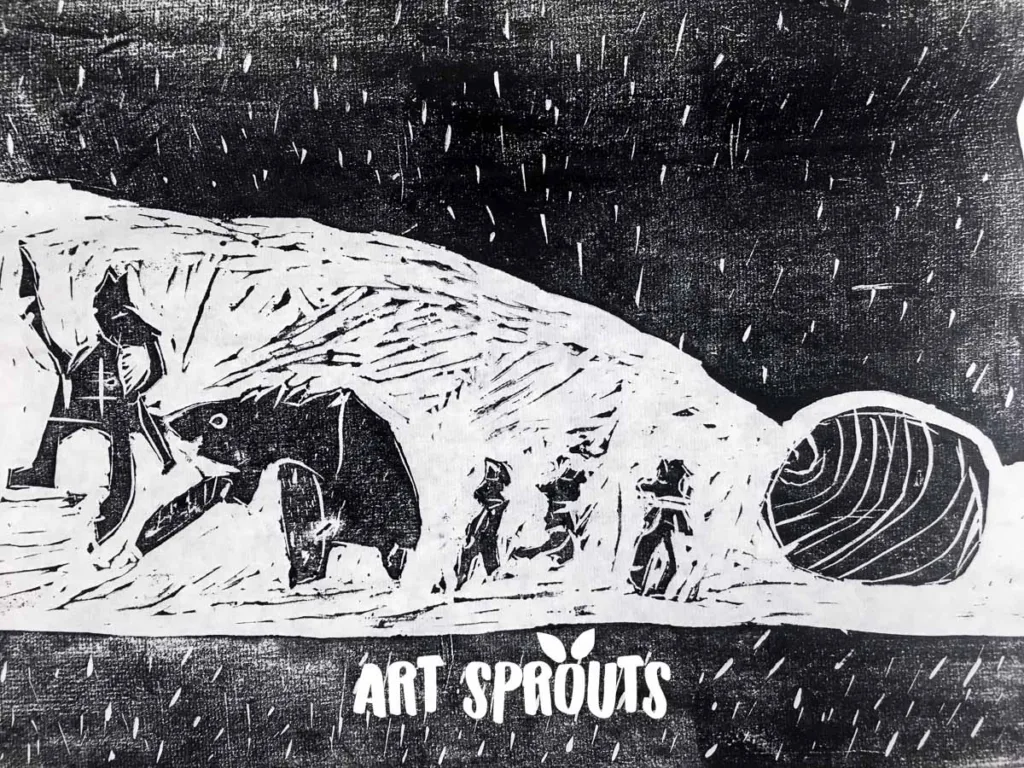
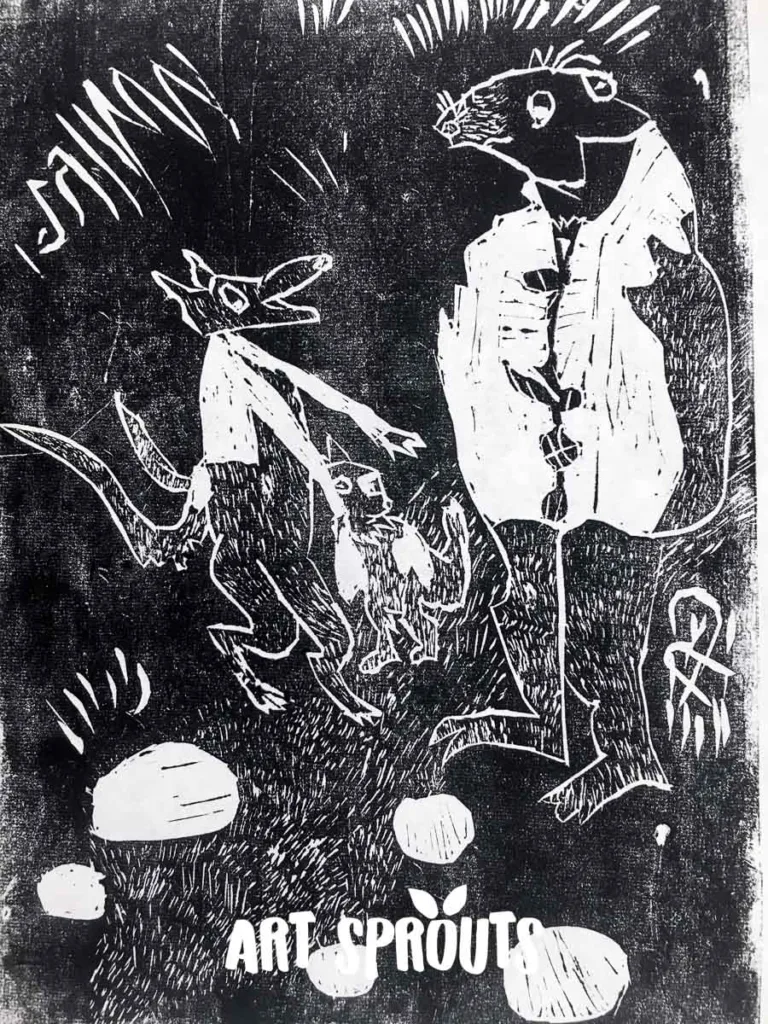
Some books introduce even bigger themes. For instance, Chagall’s illustrations for La Fontaine’s Fables inspired a month-long exploration of symbolism and myth. Kids experimented with watercolor, ink, and layering techniques, each creating their own visual interpretation of the fables. We used this project to discuss how art can go beyond the literal and add new layers of meaning to a story.
And with Pinocchio, illustrated by Sara Fanelli, we tried fiber art and collage, drawing from the book’s mixed-media style to create textured pieces using fabric scraps and felt. It was an opportunity to try a new material and see how each student’s work could be tactile, adding another layer to their understanding of art.
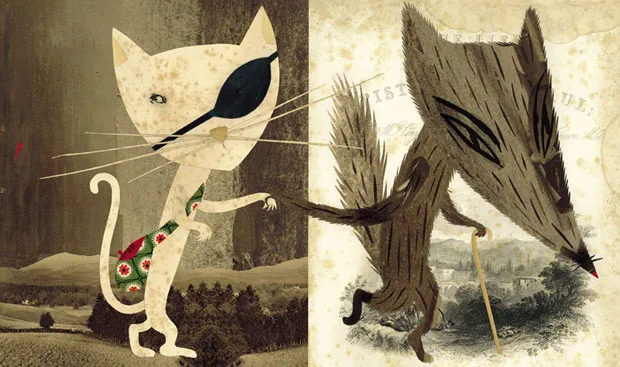
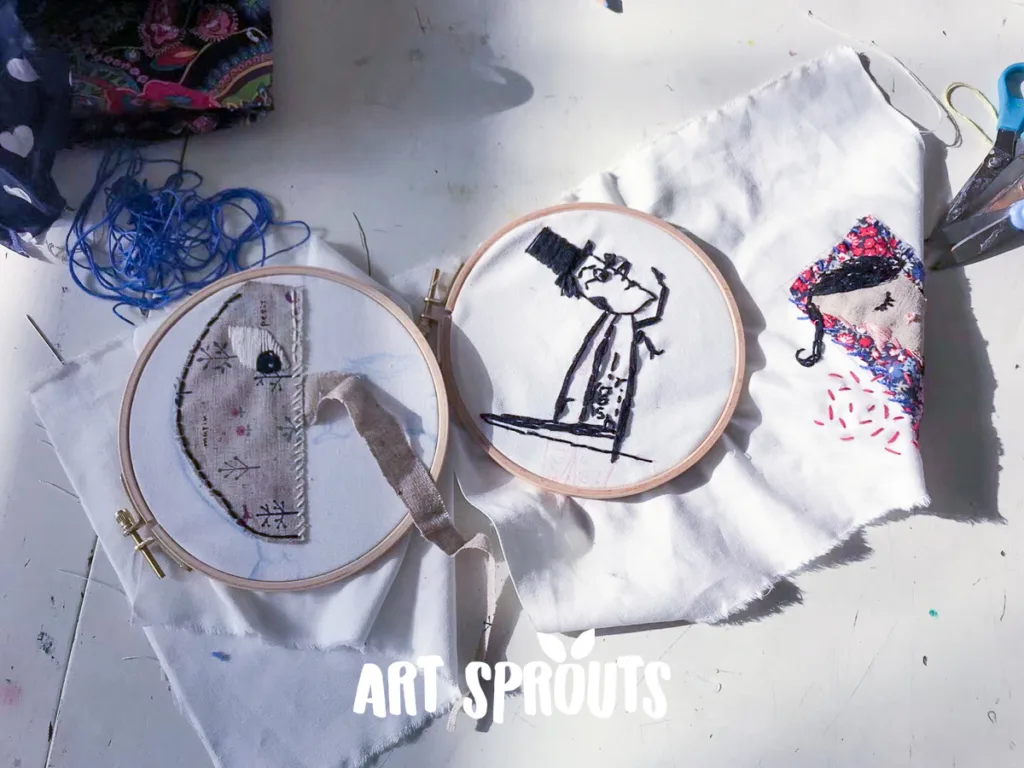
Using picture books in this way keeps things dynamic. Instead of focusing on one-off projects, it allows for a deeper, continuous exploration that we can build on over time. Books bring something different to each project and give kids a way to engage with stories on their own terms. It’s practical, it’s flexible, and most of all, it brings art and literacy together in a way that feels meaningful and accessible for everyone.



